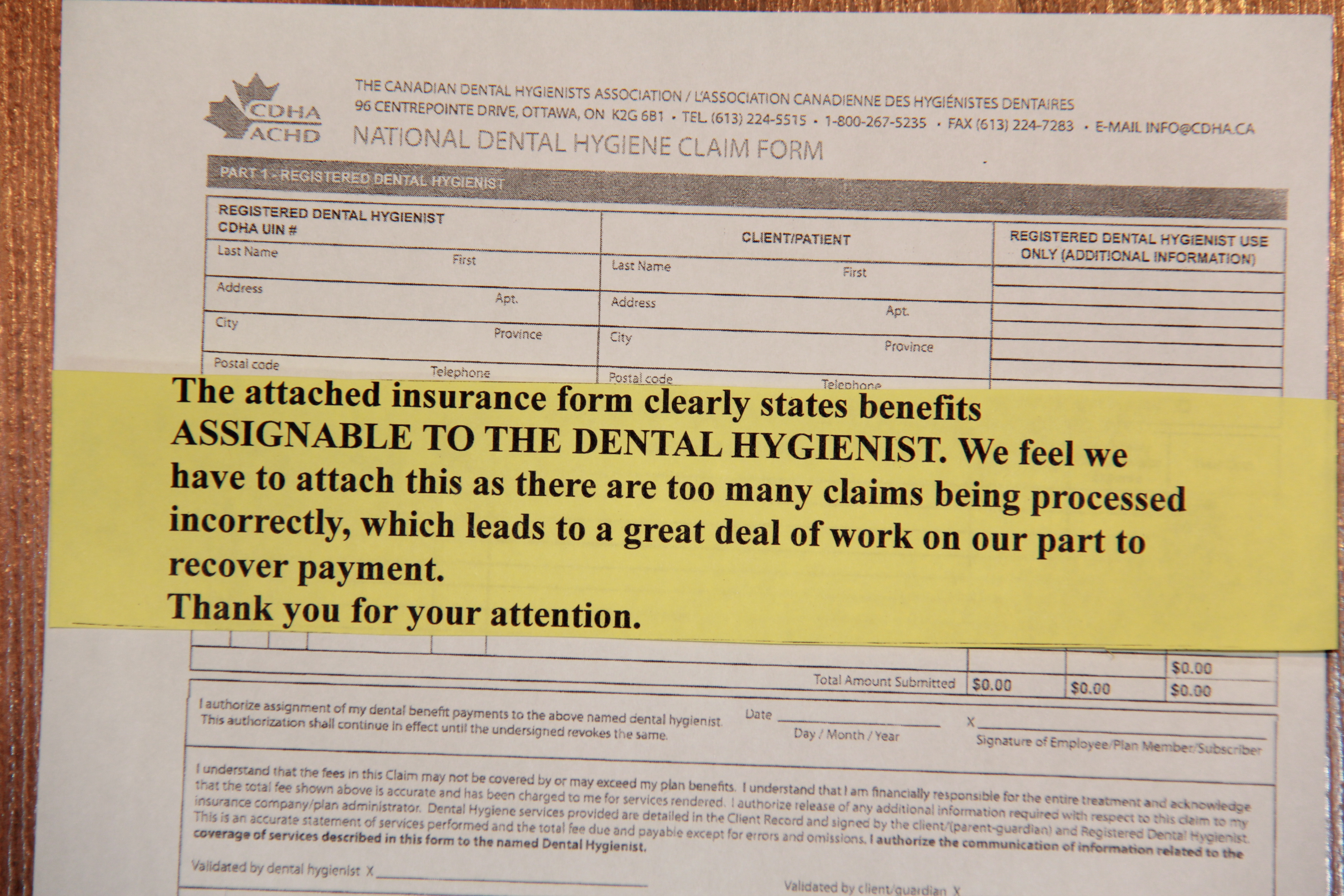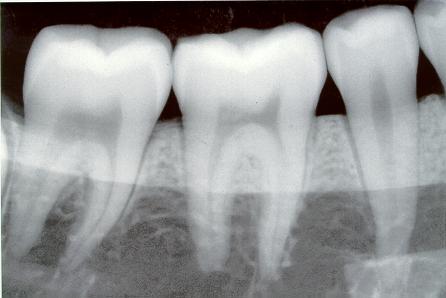There is high administration cost for dental hygiene clinics to directly bill dental insurance companies 
Dental Hygiene clinics are still a relatively new concept, despite the fact that legislation was changed in Alberta several years ago to allow Registered Dental Hygienists to achieve this. You could say it is still an unknown concept by the majority of Canadians even.
Lifetime Smiles Dental Hygiene Clinic wants to make it as easy as possible for individuals to arrange treatment, and handle the financial process. Therefore we do directly bill to dental insurance companies, when provided with valid dental insurance information, and to companies that will reimburse the hygienist. Some dental insurance companies require that the individual pays up front and submit a claim for reimbursement.
We make every effort to ensure all the forms submitted are processed efficiently. The are only a few companies that allow dental hygiene clinics to submit claims electronically – remember this is still a new concept and it has involved changes for insurance companies as well. Unlike dental clinics, the majority of our claims are made by paper and carried by snail mail.
As you can see in the photo- we have had so many issues with dental insurance companies paying the patient instead of our clinic- we have resorted to attaching a “flag” to the claims. There are still problems. Dental insurance companies still make mistakes- and send a cheque to the patient, or directly deposit the money into the patient`s bank account despite the fact that the submitted claim clearly states the subscriber has assigned payment to the hygienist.
What does this mean for us? We have to make phone calls when payments don`t come in on time. The privacy act limits the information the insurance company will disclose. We have to resubmit forms to insurance companies by snail mail, phone patients, and do our best to track down payments. This takes time to process and correct , adding to the cost of doing business. This drives up fees.
Why do I write this? in the hopes that more individuals will understand the effort we make to directly bill a dental insurance company, and understand why clinics need financial policies. Unfortunately, all it takes is a few individuals who are reimbursed by the insurance company incorrectly – and who do not then forward payment to the hygienist owed- to ruin it for everyone. And there are individuals who are “upset” when we have to make several calls to achieve payment from them. They feel we have somehow not been competent in handling their paperwork.
This is why many dental clinics will not directly bill – they do not want this extra work, and as a business that also have staff and overhead costs, can`t carry the high accounts receivable typically associated with this way of doing business.
We are happy to extend this courtesy to our patients, and keep in mind if the insurance company makes a mistake- extend a courtesy to us and clear up outstanding balances as soon as possible.
Thanks, and feel free to discuss payment policies with us. Our goal is that the cost of dental hygiene treatment not be a barrier to oral health. We did not raise our fees this year, and do not plan to do so next year. Please help us in achieving this.



